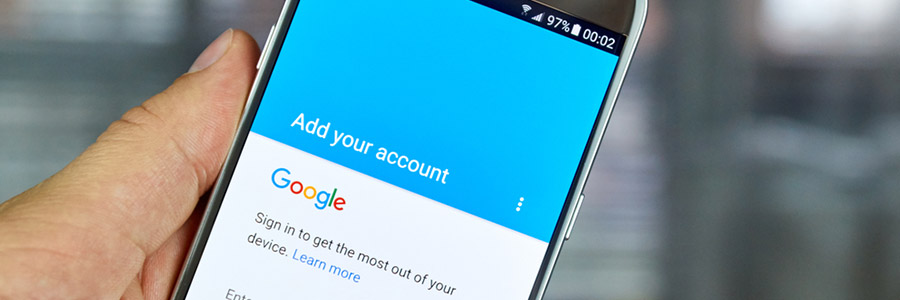Cybersecurity didn’t become more important in light of the WannaCry ransomware epidemic, it just became more visible to the average internet user. If like so many others, you’re auditing the security of business’s software, web browsers are a great place to start.
Choosing a web browser: Which one is safest?
Windows 10 updates will be biannual
This fake Google app is really a phishing scam
A brief history of virtual quarantines
Sly phishing attack catching users off guard

Most phishing attacks involve hiding malicious hyperlinks hidden behind enticing ad images or false-front URLs. Whatever the strategy is, phishing almost always relies on users clicking a link before checking where it really leads. But even the most cautious users may get caught up in the most recent scam.
Wikileaks’ charges of government spying
No Ransom: a place for free decryption

Ransomware is everywhere. Over the last couple years, dozens of unique versions of the malware have sprung up with a singular purpose: Extorting money from your business. Before you even consider paying for the release of your data, the first thing you must always check is whether your ransomware infection already has a free cure.
Mac ransomware and how to defeat it

While a vast majority of ransomware that’s been developed targets Windows computers, malware authors have begun to attack Mac devices. Recently, researchers discovered a new ransomware strain, OSX/Filecoder.E, which encrypts Mac files and keeps them locked even after the victims have paid the ransom.
Fileless malware: who are the targets?
5 great ways to prevent cyber-attacks

There has been a movement among technology providers to promise “proactive” cyber security consulting. Small- and medium-sized businesses love the idea of preventing cyber-attacks and data breaches before they happen, and service providers would much rather brainstorm safeguards than troubleshoot time-sensitive downtime events.







